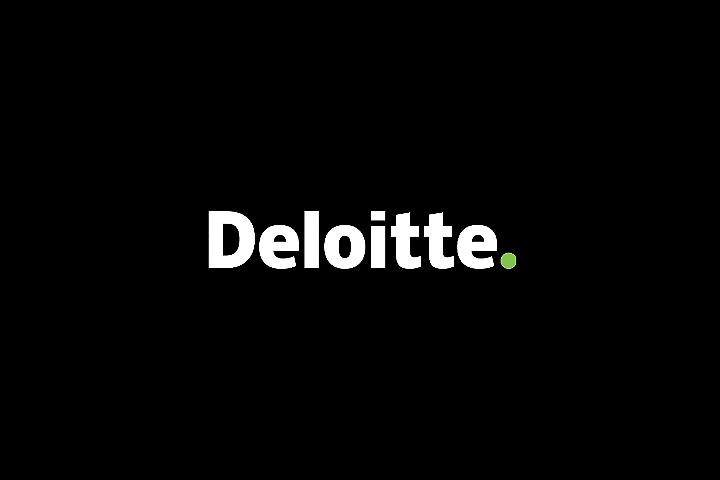Sulabh on AI.
The Industrial Revolution for human intellect
At its most basic, AI is software that mimics and generates human behaviours – planning, generating ideas, understanding speech and visuals. Its ability to scale human intellect will have a profound impact.
Newly obsessed farmer Sulabh Soral is the chief AI officer at Deloitte Consulting. He’s been a data scientist for 20 years, watching technology evolve from the work he did in the early 00s to the modelling and algorithms we use today.
In the last couple of years, he’s evolved his scientist status, pitching a vertical farm in his living room. He’s now a carpenter, plumber and is becoming an expert in lighting, airflow and sensors. “The chard and lettuce are doing brilliantly,” he smiles. “Cucumbers were a miserable failure.” Either way, he went all in – as he does our AI whizz.
So what are the 5 things Sulabh thinks we should know about AI?
Keep reading
Enjoyed learning more about AI? Follow Sulabh for more updates and stay tuned for new releases in this series exploring big tech themes and how to make the most of them — responsibly.
